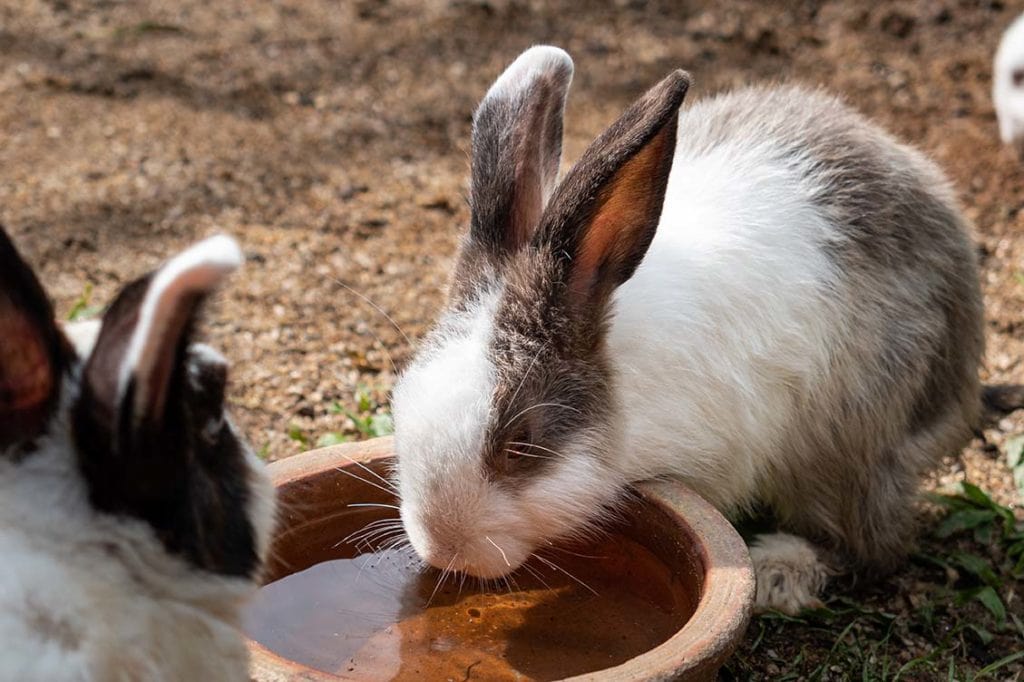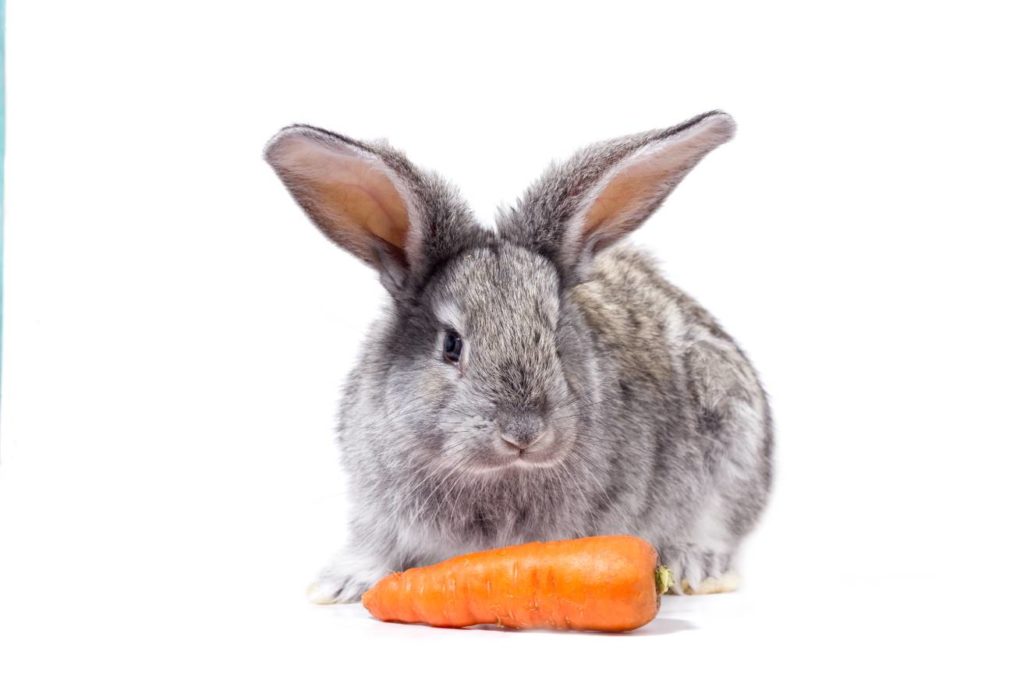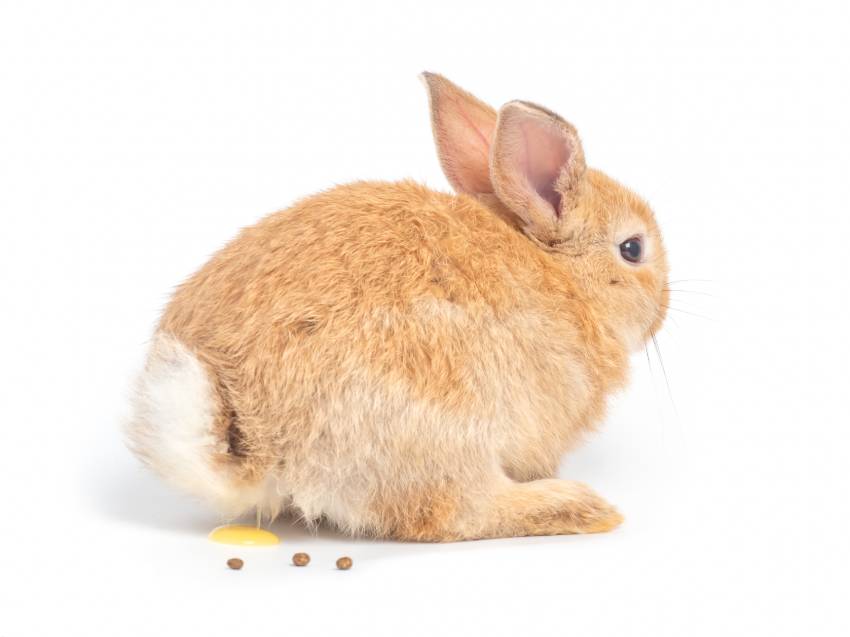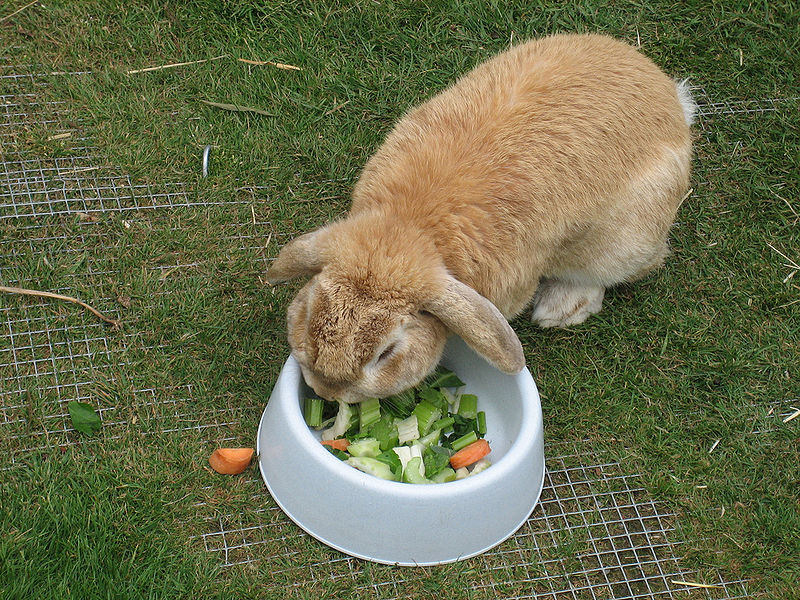
Every animal needs water to live, but especially rabbits. The average rabbit drinks approximately as much water as a small dog. If your rabbit isn’t drinking enough, it could be a sign of a serious health condition, or merely the indication of a picky aqua connoisseur. Here’s how to tell if your rabbit is drinking enough, and 8 easy steps you can take to ensure that they stay hydrated.
How Much Water Should a Rabbit Drink in a Day?
The average rabbit should drink between ¼ and 1/3 cups of water per 2 pounds of body weight every day. For example, an 8-pound rabbit should drink between 1 cup and 1 1/3 cup of water each day. Of course, every bunny is slightly different, so there’s no need to panic if their actual intake is slightly more or less. However, you should take action if your rabbit drinks significantly less than they should or shows signs of dehydration.

The 8 Ways to Get a Rabbit to Drink Water
1. Provide a large bowl in addition to their bottle.
While bottles are usually the go-to choice for pet rabbits because of their convenience and cleanliness, they aren’t really a natural way for adult rabbits to drink their water. In the wild, rabbits who are weaned gravitate towards standing pools of water, so giving them a water dish option may seem like a more intuitive choice.
2. Invest in a water fountain that filters impurities.
The intriguing trickle of a water fountain may pique your picky rabbit’s interest. At the very least, it filters out impurities from tap water which can give their water a less than desirable taste.
3. Hydrate their veggies.
If your rabbit feels picky about the water in their bottle or dish, you’ll have to come up with creative ways to incorporate H2O in their diet. Sprinkling water on their vegetables gives them some extra hydration without compromising taste. One word of warning: although iceberg lettuce mostly consists of water, it possesses little to no nutritious value and should never be given to your rabbit. Iceberg lettuce, as well as other pale green lettuce varieties, also contains a chemical called lactucarium, which causes diarrhea in rabbits and can seriously hurt them. Only give them dark, leafy greens and other vegetables that you know to be safe.

4. Add carrot juice to their meal.
Some rabbits are so smart that they won’t fall for soggy greens. In that case, add some carrot juice instead. Rabbits are less likely to resist a taste they already love.
5. Make sure the water stays at room temperature.
Warm or hot water doesn’t sound appealing to us, and rabbits don’t like it either. Their taste preferences are a little different than ours, though. Don’t expect your rabbit to crave ice cold water, either. Water sitting at room temperature is ideal for rabbits.
6. Season the water with herbs.
Infuse your rabbit’s water dish with safe herbs for a better taste, especially if they’re picky. Parsley is an excellent option that’s healthy and safe for your rabbit. This herb actually belongs to the same family as carrots and tastes similar to the carrot tops your rabbit craves.
7. Keep their water dish clean.
This probably goes without saying, but make sure your rabbit’s water dish is free from impurities such as floating hay, dirt, or fur. It’ll make the water taste better and reduce your rabbit’s risk of getting sick.
8. Feed by syringe if necessary.
If your rabbit is severely dehydrated, speak with your vet, and see if they recommend that you feed them by syringe. However, chances are that they’re not going to be very thrilled with this option, so it should only be used as a last resort.
How to Tell If Your Rabbit Is Dehydrated
If you suspect your rabbit isn’t drinking enough water, be sure to monitor them for these common signs of dehydration:
1. Dark yellow or orange urine
Thick, highly saturated urine shows that they aren’t drinking enough water to dilute the minerals they’re excreting. A healthy rabbit’s urine should be pale yellow or clear.
2. Poop that is smaller or darker than usual
A dehydrated poop looks like a few hard, constipated knots as opposed to a normal stool that’s slightly mushy.

3. Lethargy
A rabbit that’s typically hopping may appear depressed or lethargic when they’re dehydrated. They might sleep more often or just not move around as much.
4. Loss of appetite
Eventually, a rabbit that doesn’t drink will also not want to eat. If your rabbit doesn’t eat or drink for longer than 12 hours, you should take them to the vet immediately.
When Should You Take Your Rabbit to the Vet
Rabbits can’t even survive for 24 hours without water. If your rabbit suddenly stops drinking altogether for longer than a few hours, you should take them to the vet immediately.
If your rabbit is still drinking but seems dehydrated, you might try some of the steps to encourage them to drink more water before you drive them to the clinic. Their dehydration should resolve within a few hours unless there’s an underlying issue that will need professional help.
Conclusion
Whether you have a picky rabbit or a sick pet, encouraging your rabbit to drink more water is essential to their well-being. If your rabbit refuses to drink anything for longer than 12 hours, you should take them to the vet immediately. Otherwise, investing in a water fountain or finding other creative ways to incorporate more fluids into your rabbit’s diet can help resolve pickiness and get them feeling back to normal faster.
Featured Image Credit: Tasty Life, Shutterstock
The post How to Get a Rabbit to Drink Water: 8 Vet-Approved Tips appeared first on Pet Keen.


